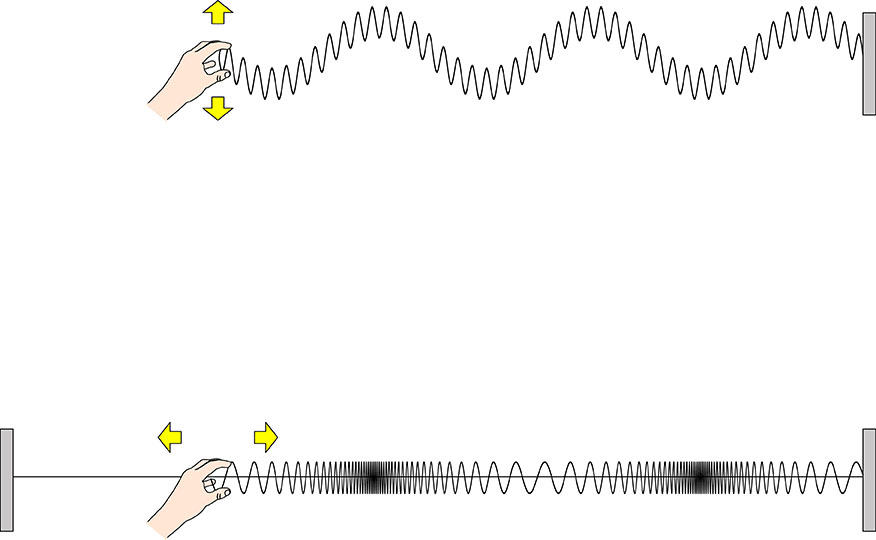

Vibration is a repetitive motion back and forth around a central point. The frequency of vibration is the number of times it vibrates per second. The amplitude of vibration is the distance it moves from its central point.
Vibrations can be caused by many things, such as sound waves, earthquakes, and machines. They can also be caused by the movement of molecules.
Vibrations can be used to transmit energy. For example, sound waves are vibrations that carry energy through the air.
Vibrations can also be used to create sound. For example, when a tuning fork vibrates, it makes a sound.
Vibrations can also be used to measure things. For example, seismometers measure the vibrations caused by earthquakes.
The tuning fork vibrated at a frequency of 440 Hz.

Noun:
Verb:
The word "vibrate" comes from the Latin word "vibrare", which means "to shake" or "to quiver".
The first recorded use of the word "vibrate" in English was in the 17th century.
What things cause vibrations?
Question:
Explain the concept of vibration in the context of sound. Describe how sound waves are produced through vibrations and how they travel through different mediums.
Answer:
Vibration is a fundamental phenomenon in the production of sound. It involves the rapid back-and-forth motion of an object or medium, generating disturbances that propagate as sound waves. Sound waves are formed when an object's vibrations cause nearby air molecules to compress and rarefy, creating areas of high and low pressure.
For example, when a guitar string is plucked, it vibrates rapidly. These vibrations travel through the air as sound waves, eventually reaching our ears. Inside the ear, these sound waves cause the eardrum to vibrate, transmitting the vibrations through the middle ear bones to the inner ear, where they are transformed into electrical signals that our brain interprets as sound.
Sound waves can travel through different mediums, including air, water, and solids. In each medium, the speed of sound varies based on factors such as density and elasticity. For instance, sound travels faster through solids due to their tightly packed particles, compared to the relatively looser arrangement of particles in liquids or gases.